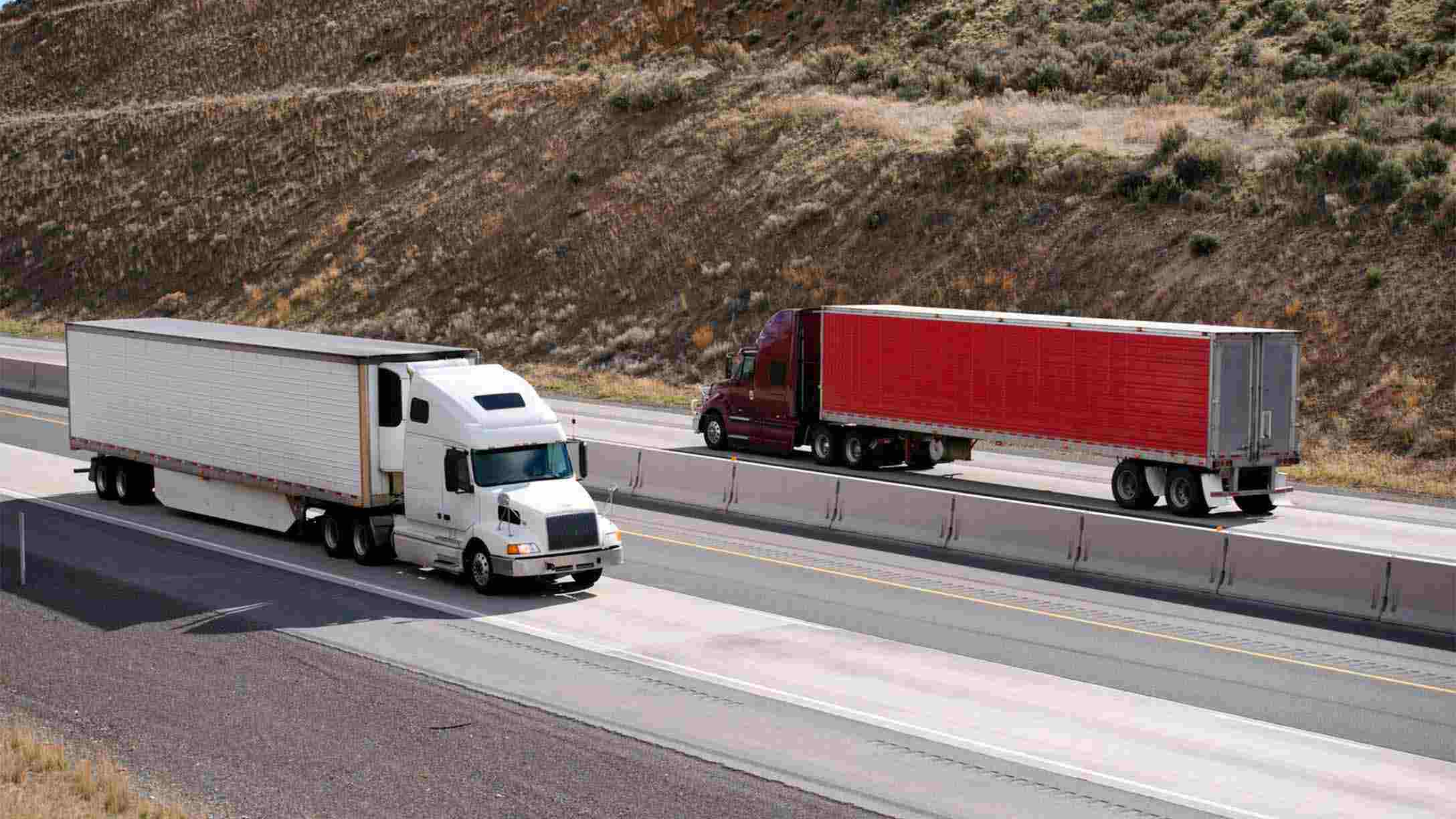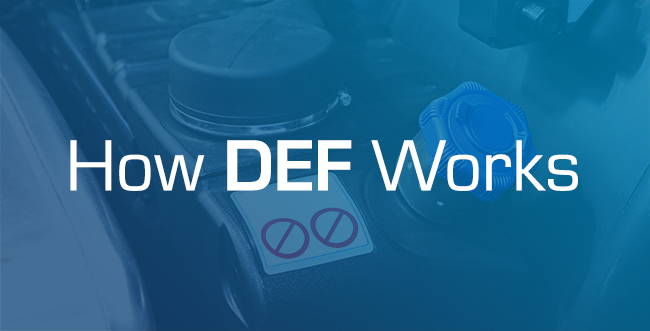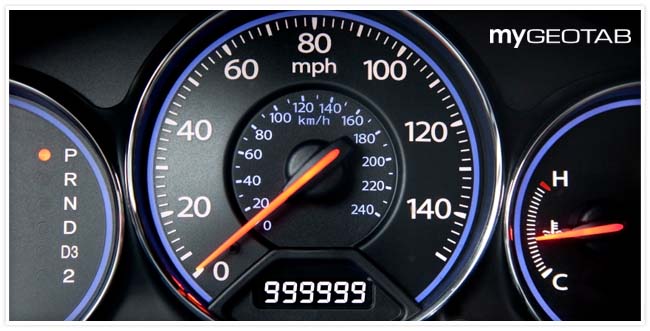Which fleet management software plan is right for you?
There are 3 important steps to choosing the right fleet management software plan.

By Andy Georgin
Jun 4, 2019
Updated: Oct 17, 2024

In business, the quest for increased profits is a never-ending one. All companies are looking for ways to increase gross revenue while reducing expenses. GPS fleet tracking systems can definitely help with this. Picking the right telematics provider and plan is the first step to getting started. In this article, I’ll walk you through the process of selecting the best fleet management software plan.
Here is an overview of the different steps:
- Set qualitative and quantitative goals.
- Choose the plan with the features that match your goals.
- Consulting with stakeholders.
Step 1. Create qualitative and quantitative goals.
Many companies go straight away to the technology, but skip an important task. Taking time to develop a telematics strategy is a crucial first step to any telematics implementation. Before you dive in to hardware and accessories, identify the exact business problems you are trying to solve. This will make it easier to build your ultimate fleet management package.
Be careful not to set goals that are too broad, or set too many. Often times, firms try to solve too many problems at once and fail to identify the number one goal for the project. If the aim is to reduce fuel consumption or to increase accountability for the field, then work under those macro ideas.
What is your number one goal for the project? If the aim is to reduce fuel consumption or to increase accountability for the field, then work under those macro ideas.
Here are some example goals:
- Track the precise location of fleet vehicles
- Decrease time to respond to customers/arrive on site
- Monitor the charge status of electric vehicles
- Reduce fleet idling time
- Reduce speeding incidents
- Increase fuel economy
Once qualitative goals have been identified, you can then create quantitative goals. These are measurable goals that are realistically attainable. Use existing data as benchmarks for success. Read more about goal setting in this interview with the fleet director from Safelite AutoGlass.
Step 2. Choose the software plan that matches your business goals.
Once the goals are defined, the next step is to select the fleet management software plan that is most relevant to these needs. For example, if reducing fuel consumption is the goal, you could ask: Will the telematics solution monitor fuel burned at idle?
Geotab offers four standard rate plans for fleets: Base, Regulatory, Pro and ProPlus. Each one offers a bundle of features and functionalities to support fleet management. A quick summary. For the full details on each plan, see our Fleet management software page.
Geotab’s rate plans:
Base — GPS, location, VIN, Driver ID and basic IOX support.
Regulatory -- Base plan tracking capabilities plus Hours of Service, IFTA and temperature monitoring functionality. This rate plan is specially designed to support fleets focusing on compliance goals. The Regulatory plan is available to fleets in the U.S. and Canada only.
Pro — Get the functionality of the Regulatory plan, with added support for engine and accelerometer data.
ProPlus — Provides the greatest functionality, including Active Tracking, Geotab’s Limited lifetime device warranty and premium services, including EV data.
A Third-Party Device Plan is also available for fleets that want to integrate third-party devices into the Geotab open platform for telematics.
Need more help deciding? Read this post on the 7 reasons to choose the Geotab ProPlus fleet software plan.
Step 3. Consult with stakeholders during planning
Collaboration is key. Looping in the necessary stakeholders sooner rather than later can be helpful in gaining project acceptance and approval. Many times the sponsor of the project is not the party who will be responsible for implementing it. These parties will help the telematics partner identify the data needed and determine how the program will be structured.
Be sure to ask for input. Feedback is necessary for finding the solution that minimizes the resource strain on the firm and maximizes value at all levels.
Conclusion
There’s no doubt that telematics can improve fleet operations in many areas, sometimes in significant ways. Although telematics may seem like a silver bullet to fix all organizational inefficiencies, remember that any technology tool is only as effective as the structures put in place around it. Selecting a strong telematics partner that listens and can adapt the solution to a company’s specific needs will maximize the effectiveness of the solution you’ve chosen.
Power up your fleet. Discover more about MyGeotab and ProPlus.
Related:
3 Takeaways from Global Fleet Management Trends
Subscribe to get industry tips and insights

Andy Georgin
Andy Georgin is an Associate Vice President, SMB Carrier Sales for Geotab.
Table of Contents
Subscribe to get industry tips and insights
Related posts

What is DEF? How diesel exhaust fluid works and why it's essential for fleets
July 16, 2025
5 minute read

Odometer reading: How to check + optimize for smarter fleet management
July 15, 2025
5 minute read

9 strategies to increase fleet fuel efficiency and lower fuel costs
July 8, 2025
4 minute read


The impact of unproductive idling on police vehicle service life
June 10, 2025
3 minute read
